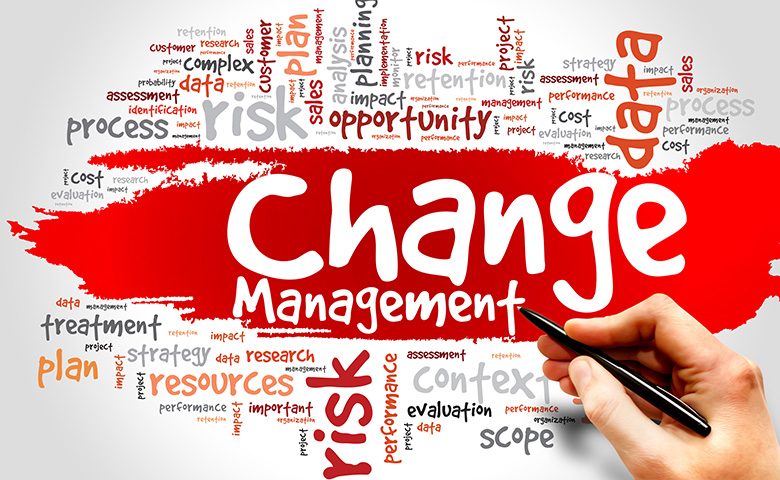Change is difficult—it means going against what is known and comfortable. And yet, change is often necessary, no matter what your job title is, who you work for, or which industry you work in. But just because it’s commonly required doesn’t mean that change gets any easier. You’ll often face resistance when it’s time to implement something different, which is why companies use change management models when looking to enact change.
Change management models can identify areas where resistance may lurk, and they can help you get ahead of it by reducing or eliminating resistance before the change management process starts. Change management models also allow employees to stay motivated and engaged, and they can make it easier for an organization to reach its desired outcome.
We’ve broken down four of the most popular change management models in our free guide Which Change Management Model Is the Best for Your Organization? In the guide you’ll learn about Kotter’s Eight-Step Plan, Lewin’s Change Management Model, the McKinsey 7S Model and the ADKAR Model. Not only will you get an overview of each model but you’ll learn what you need to consider when it comes to choosing the right plan for your organization.
You’ll also discover how to handle human factors—the most challenging obstacle to maintaining a change management system. This not only takes individual change into account but also accounts for organizational change—starting with upper-level management and going all the way down to the employees (and covering everyone in between).
Download this free guide to learn more about which change management model is right for you.

